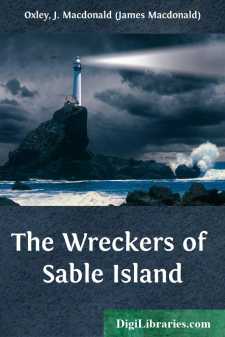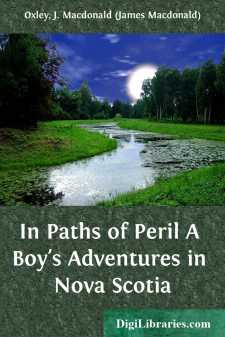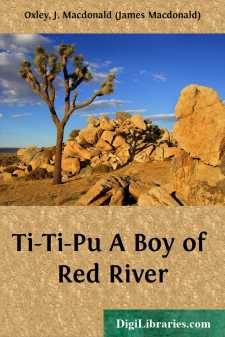Categories
- Antiques & Collectibles 13
- Architecture 36
- Art 48
- Bibles 22
- Biography & Autobiography 813
- Body, Mind & Spirit 142
- Business & Economics 28
- Children's Books 17
- Children's Fiction 14
- Computers 4
- Cooking 94
- Crafts & Hobbies 4
- Drama 346
- Education 46
- Family & Relationships 57
- Fiction 11829
- Games 19
- Gardening 17
- Health & Fitness 34
- History 1377
- House & Home 1
- Humor 147
- Juvenile Fiction 1873
- Juvenile Nonfiction 202
- Language Arts & Disciplines 88
- Law 16
- Literary Collections 686
- Literary Criticism 179
- Mathematics 13
- Medical 41
- Music 40
- Nature 179
- Non-Classifiable 1768
- Performing Arts 7
- Periodicals 1453
- Philosophy 64
- Photography 2
- Poetry 896
- Political Science 203
- Psychology 42
- Reference 154
- Religion 513
- Science 126
- Self-Help 84
- Social Science 81
- Sports & Recreation 34
- Study Aids 3
- Technology & Engineering 59
- Transportation 23
- Travel 463
- True Crime 29
Our website is made possible by displaying online advertisements to our visitors.
Please consider supporting us by disabling your ad blocker.
Donalblane of Darien
Description:
Excerpt
CHAPTER I.
BY WAY OF BEGINNING.
It was not just an ordinary sort of name, but one of those which made you think "thereby hangs a tale." In this case the thought goes to the mark, and the tale in question will be told after a fashion in the following pages.
At the outset a quick glance back to times long past is necessary in order to a fair start, and without a fair start it were hardly worth going ahead.
As the seventeenth century drew to its close there came into prominence in England a remarkable Scotsman named William Paterson, among whose notable achievements was having a large share in the founding of the Bank of England, which subsequently grew to be the greatest monetary institution in the world.
He was a member of the board of directors at the opening of the bank, but appears to have sold out not long after, and with his money in hand to have looked about him for some way of investing it that would be for the public good.
Now, these were the days of vexatious monopolies and irritating restrictions in commerce. The trade of Britain with the distant parts of the globe was divided between two great grasping corporations—the East India Company and the African Company—which, although they were at deadly enmity with each other, heartily co-operated in crushing every free-trader who dared to intrude within the elastic limits of their "spheres of action."
William Paterson was an ardent free-trader, and he became inspired with the noble mission of freeing commerce from the hurtful restraints laid upon it by short-sighted selfishness. With a keenness of instinct that makes it easy to understand his previous success, he surveyed the then known world and put his finger upon the spot best suited for the carrying out of his beneficent design.
The Isthmus of Panama, or Darien, is, beyond a doubt, one of the most interesting, as it is certain yet to be one of the most important bits of terra firma on this round globe. The connecting-link between the continents of North and South America, it is also the barrier dividing the Atlantic from the Pacific Oceans, and, in fact, one side of the world from the other.
From the time of its discovery and occupation by the Spaniards, it has been a matter of general belief that whoever had command of this narrow neck of land held the key to the commerce of the world. Here would naturally be concentrated the mutual trade of the Atlantic and Pacific coasts of America. Moreover, it would necessarily form an important stage in the shortest route between Europe and the Indies, as well as the innumerable islands lying far to the south of the equator.
Little wonder, then, that the Spaniards wanted to keep the isthmus to themselves, and always did their very best to make it particularly unpleasant for anybody who sought to share its advantages with them; and in fine contrast to their dog-in-the-manger policy—for they really made little use of their splendid opportunities—was the spirit in which William Paterson conceived his great Darien project, and with characteristic energy proceeded to carry it into effect....







